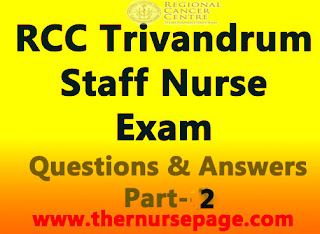The most common malignant bone tumor affecting children and young adult is?
A monoclonal antibody used for treatment of metastatic breast cancer?
Among the following which is not a characteristics of cancer cells?
Which of the following is the most common site of metastasis?
Which among the following is not a major criteria for the diagnosis of rheumatic fever?
A patient who has undergone left frontal craniotomy for brain tumors, developed headache, increased lethargy and right sided leg weakness what may be the most likely etiology?
For a premenopausal woman which is the best time to be advised to do the breast self examination?
Which of the following cell type is most likely to be found in head and neck cancer?
A client receiving chemotherapy for lung cancer has Neutrophils count 600/mm.
Post operative nursing assessment after radical hysterectomy for endometrial cancer includes detecting which of the following potential complication?
For a client with colorectal cancer who has undergone bowel resection, which of the following is not included in immediate post operative nursing diagnosis?
Which of the following would be considered as the most important immediate post operative nursing intervention for a client with prostate cancer?
The nurse is teaching a client regarding proper skin care for external radiation treatment. The nurse knows the client understands when the client states?
A patient with myocardial infarction of the anterior wall of the left ventricle, most likely has an occlusion of the?
15. As gastric contents move into the small intestine the bowel normally protected from the acidity of gastric contents by the?
In preparing a patient for a colonoscopy, the nurse explains that?
Following thyroid surgery, the nurse suspects damage or removal of the parathyroid glands when the patient develops?
The patient with advanced cirrhosis liver asks the nurse why his abdomen is swollen.
A patient with renal disease has oliguria and a creatinine clearance of 40 ml per minute.
Nursing management of the patient with acute pancreatitis includes?
An appropriate technique to use during physical assessment of the thyroid gland is?
Post operatively, a patient who has had a transurethral prostatectomy has continuous bladder irrigation with a three way tube with 30 ml balloon catheter applied. The patient complaints that he feels the urge to void even with the catheter in place. The nurse should?
The best suitable position to administer a cleansing enema is?
The technique effleurage means?
The ethical principle which focuses on doing no harm to the client is?
After scoring on the next page, click “Give Me More”, we have recommendations for you!
